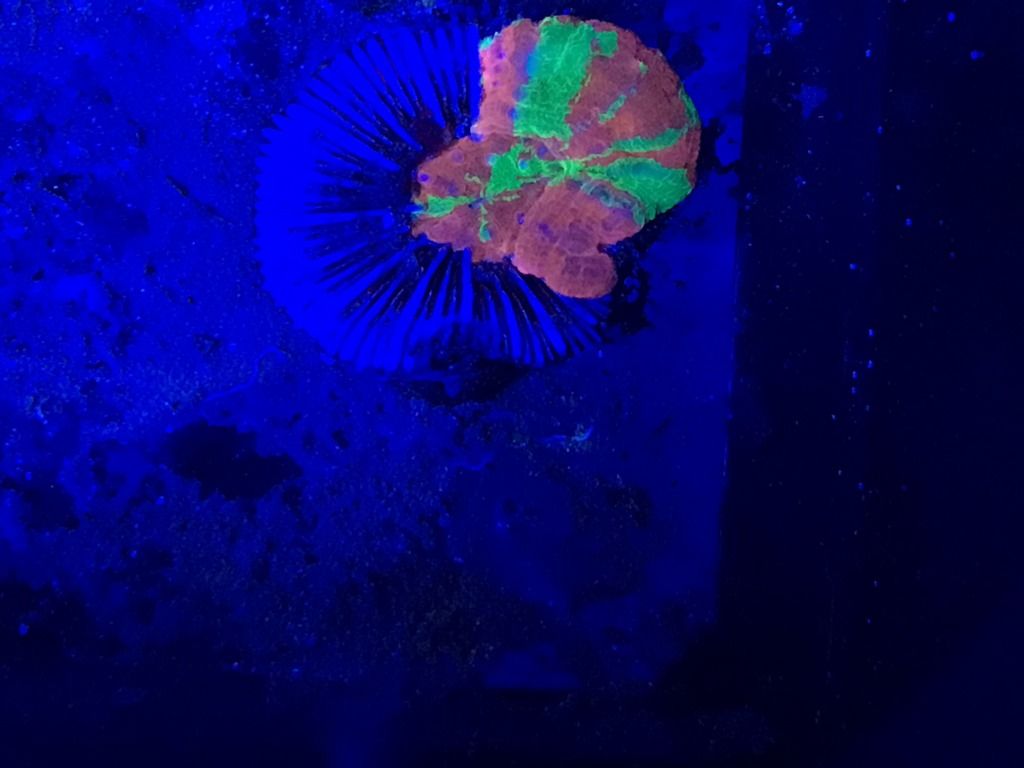Cliff
Active Member
- Joined
- Dec 11, 2014
- Location
- Canfield, Ontario
OK so I Was that big shows place last week and my two boys were admiring is amazing Scoly's. Although I could not afford one Dave was awesome enough to give me a amazing piece that unfortunately is on its way out. I am really trying to heal it because it would be so awesome to have. It has receded immensely yet it's mouth is still there so I am optimistic there is still some hope for it.
So what do you suggest I do? I have it now in a lowlight low flow area. I tried feeding it But it did not eat.
I really want to save it. Please help

So what do you suggest I do? I have it now in a lowlight low flow area. I tried feeding it But it did not eat.
I really want to save it. Please help

